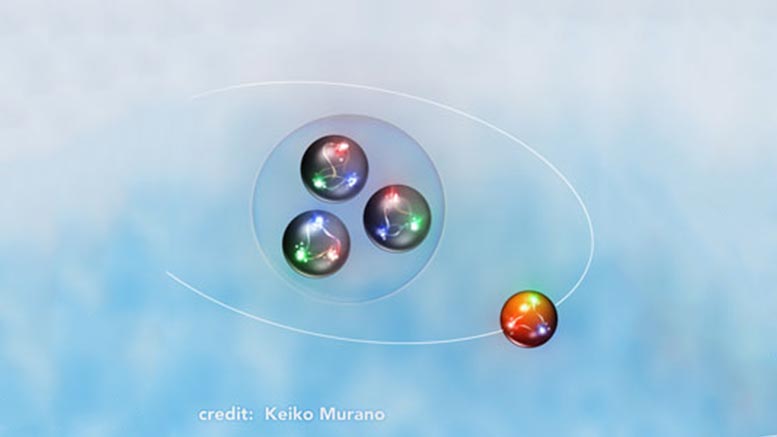face_with_colon_three circa 2019.
Invisible to the eye, the dots glow under infrared light from modified smartphones.


You can find our beautiful education posters in our shop: https://shop.kurzgesagt.org
This video was made possible by a grant from the Templeton World Charity Foundation.
Sources & further reading:
https://sites.google.com/view/sourcesintelligence
Humans are proud of a lot of things, from particle accelerators, to poetry to pokemon. All of them made possible because of something humans value extremely highly: intelligence.
OUR CHANNELS
▀▀▀▀▀▀▀▀▀▀▀▀▀▀▀▀▀▀▀▀▀▀▀▀▀▀
German Channel: https://kgs.link/youtubeDE
Spanish Channel: https://kgs.link/youtubeES
HOW CAN YOU SUPPORT US?

Last month, the U.S. Department of Defense and GM Defense LLC announced an agreement worth about $214,3 million to build, field and sustain the Army’s new Infantry Squad Vehicle (ISV).
The ISV program will provide Infantry Brigade Combat Teams an additive lightweight vehicle to move Soldiers and their equipment quickly over complex and difficult cross-country terrain. Designed to provide rapid ground mobility, the expeditionary ISV is a light and agile all-terrain troop carrier intended to transport a nine-Soldier infantry squad moving throughout the battlefield.
The total production ISV contract award value is $214.3 million to procure the initial Army Procurement Objective of 649. The approved Army Acquisition Objective is 2,065 vehicles.

The Marine Corps has seen hundreds of new recruits at boot camp test positive for the illness caused by the novel coronavirus, but their symptoms have been so mild that it hasn’t disrupted training, a two-star general said this week.
Fewer than 2% of the Marine recruits who’ve reported to boot camp since the start of the pandemic have tested positive for COVID-19, Maj. Gen. Bill Mullen, head of Training and Education Command, said Tuesday.
Read Next: Here’s How the Navy’s New PRT Plank Event Will Be Scored.

Yesterday, the official Twitter account of the International Space Station posted a short video interview in which NASA astronaut Doug Hurley explains what it’s like to try and capture the beauty of Earth from 250 miles above.
It’s a short video, but Col. Hurley tries to describe the feeling of looking down at the Earth from the edge of space, passing over recognizable landmarks and marveling at the beauty of it all—then trying your best to convey that feeling in every photo.
“Personally, it’s just trying to convey to as many people as we can … just what we see with our eyes when we look out the window up here. And how different it is to view the Earth from space than it is to be standing on the ground somewhere,” says Hurley. “[We’re] just trying to convey that it’s just an emotional response that you have when you look down at the planet.”

New ground-breaking research from the University of Surrey could change the way scientists understand and describe lasers—establishing a new relationship between classical and quantum physics.
In a comprehensive study published by the journal Progress in Quantum Electronics, a researcher from Surrey, in partnership with a colleague from Karlsruhe Institute of Technology and Fraunhofer IOSB in Germany, calls into question 60 years of orthodoxy surrounding the principles of lasers and the laser spectral linewidth—the foundation for controlling and measuring wavelengths of light.
In the new study, the researchers find that a fundamental principle of lasers, that the amplification of light compensates for the losses of the laser, is only an approximation. The team quantify and explain that a tiny excess loss, which is not balanced by the amplified light but by normal luminescence inside the laser, provides the answer to the spectral linewidth of the laser.

Chameleons are famous for their color-changing abilities. Depending on their body temperature or mood, their nervous system directs skin tissue that contains nanocrystals to expand or contract, changing how the nanocrystals reflect light and turning the reptile’s skin a rainbow of colors.
Inspired by this, scientists at the Pritzker School of Molecular Engineering (PME) at the University of Chicago have developed a way to stretch and strain liquid crystals to generate different colors.
By creating a thin film of polymer filled with liquid crystal droplets and then manipulating it, they have determined the fundamentals for a color-changing sensing system that could be used for smart coatings, sensors, and even wearable electronics.

Calculations predict that a light ‘hypernucleus’ containing a particle with two strange quarks will be stable
Adding an exotic particle known as a Xi hyperon to a helium nucleus with three nucleons could produce a nucleus that is temporarily stable, calculations by RIKEN nuclear physicists have predicted. This result will help experimentalists search for the nucleus and provide insights into both nuclear physics and the structure of neutron stars.
Normal atomic nuclei consist of protons and neutrons, which are collectively known as nucleons. Each proton and neutron in turn is made up of three quarks. Quarks come in six types: up, down, strange, charm, bottom and top. But protons and neutrons consist only of up and down quarks.
A few scant equations can explain a variety of phenomena in our universe, over vast gulfs of space and time. Here’s a taste of just how powerful modern physics can be.